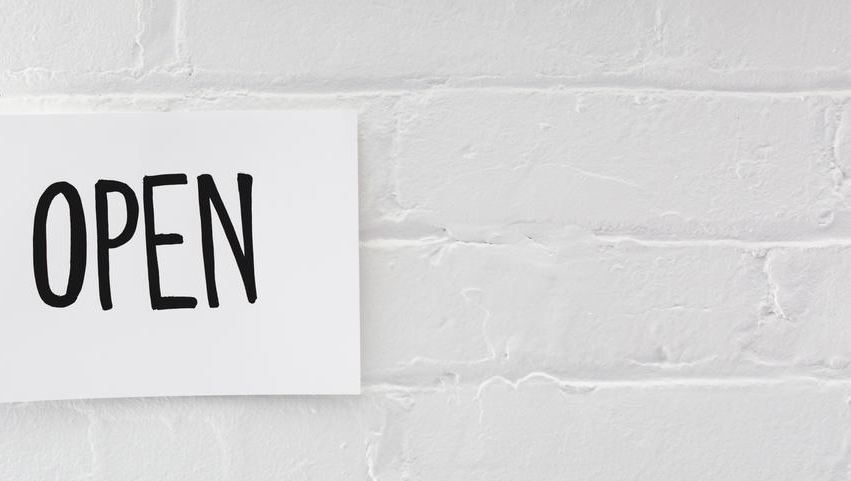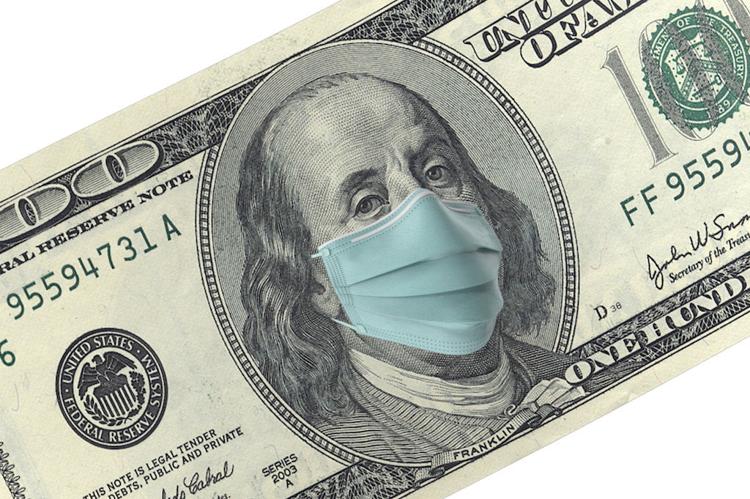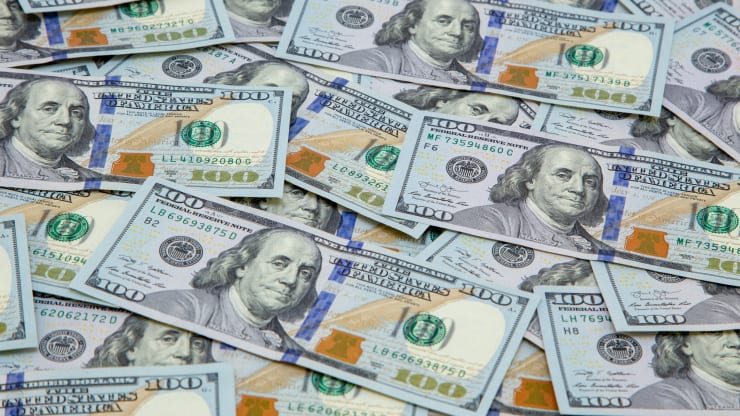Self Employed's / Independent Contractors: "We don't have payroll nor employees, can we get a piece of that financial relief?"
Paycheck Protection Program: "Yes, now you can!"
As of today, Self Employed business owners and Independent Contractors can apply for financial hardship relief through the SBA's $349 Billion potentially forgivable Paycheck Protection Program loan. The program, which opened a week earlier on April 3rd, was initially only open only to applications from businesses that had had payroll and employees up until at least February of 2020.
PPP loans are available in amounts up to the lesser of two and a half months of payroll costs. Here are the details on the PPP:
How large a loan can eligible businesses get? Loans will be the lesser of two and a half months of payroll costs (based on an annual average of the 12 months prior to the loan origination date or calendar year 2019) OR $10 million. The CARES Act defines payroll costs as:
- Salary, wages, commissions or tips (capped at $100,000 annually for each employee); PLUS
- Payment for vacation, parental, family, medical or sick leave; PLUS
- Allowance for separation or dismissal; PLUS
- Payment for the provision of employee benefits consisting of group health care coverage, including insurance premiums and retirement; PLUS
- Payment of state and local taxes assessed on compensation of employees; PLUS
- For an independent contractor or sole proprietor: wage, commissions, income or net earnings from self-employment or similar compensation.
Excluded from payroll costs are:
- Employee income tax withholdings and FICA taxes (both employer and employees), but only for 2/15/2020 through 6/30/2020
- Compensation of employees with a principal residence outside the United States
- Qualified sick and family leave wages for which a credit is allowed under sections 7001 and 7003 of the Families First Coronavirus Response Act
- Independent contractors (1099-MISC)
What are the terms of these loans? The covered loan period begins February 15, 2020 and ends June 30, 2020. Loans are fully guaranteed by the federal government for two years from settlement. The maturity is two years and the interest rate is one percent. No personal guarantee from the business owner or collateral is required, and the borrower may defer repayment of the loan for six months.
Loan forgiveness: Borrowers can apply directly to their lender for the loan to be forgiven on a tax-free basis for qualifying costs incurred during the eight-week period after the loan’s origination date. The amount of forgiveness (subject to substantiation requirements) may be payroll costs, mortgage interest, rent or certain utility payments. Potential reduction in loan forgiveness amount may occur unless:
- 2020 full-time equivalent employee (FTE) count remains equal to or greater than 2019 FTE count during February 15 through June 30 testing period of each year.
- Employee compensation does not drop more than 25 percent compared to prior year.
A reduction can be avoided if an employer rehires a furloughed employee or increases the employee’s pay within an allotted time period.
For sole proprietors and independent contractors, payroll costs are defined as wages, commissions, income or net earnings from self-employment, capped at $100,000 on an annualized basis per individual employee.
The main guidance for banks and other lenders qualified to accept applications for the PPP has revolved around calculations and support documents involving payroll and employee wage payments. With little additional guidance to lenders form the SBA on how to now handle the processing of Self-Employed and Independent Contractor applicants, banks are now scrambling yet again to try and handle a new, and much bigger wave of loan program applicants.
Here is how the process of calculating the PPP will look like for this new group of applicants:
Self-Employed and Independent Contractor PPP Calculation:
Salary for Self-Employed individuals and Independent Contractors with no employees who report income through Schedule C is determined by net profit. Locate that amount either on Line 31 of Schedule C on your 2019 tax return or the Net Profit line of your most recent income statement. Divide this annual net profit figure by 12 to determine monthly average payroll expense. Note: If annual net profit surpasses $100,000, divide $100,000 by 12. Multiply the resulting amount by 2.5 to determine the size of your PPP loan.
What documents will you need to provide?
You should gather the necessary documents to substantiate wages, income, commission or net earnings for their lender, including these specific items by employee type:
- Self-employed: Schedules from 2019 tax return filed (or to be filed) or most recent income statement; if not available, bank records may suffice
- Independent contractor: Schedules from 2019 tax return filed (or to be filed) and 2019 Form 1099-MISC; if not available, bank records may suffice
- S Corporations (1120s): 2019 payroll tax filings reported to IRS
According to the Interim Final Rule, applicants “must also submit such documentation as is necessary to establish eligibility such as payroll processor records, payroll tax filings, or Form 1099-MISC, or income and expenses from a sole proprietorship. For borrowers that do not have any such documentation, the borrower must provide other supporting documentation, such as bank records, sufficient to demonstrate the qualifying payroll amount.”
Many of our clients have come to us for guidance and assistance in applying for the Paycheck Protection Program, as well as other COVID-19 related Disaster Relief programs.
If you'd like to find out how we can help, visit us here at www.payday-masters.com or email us here.










Leave a comment (all fields required)